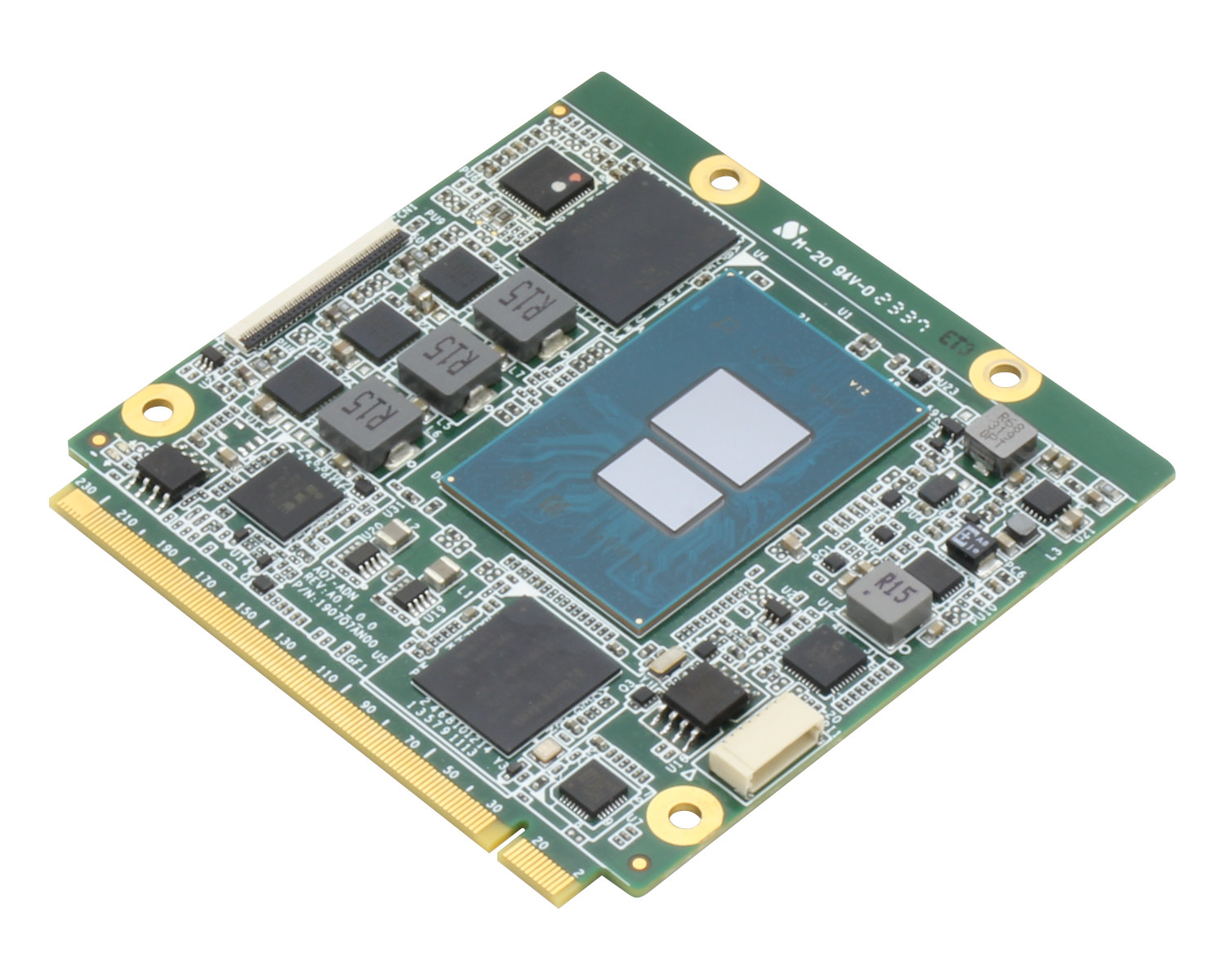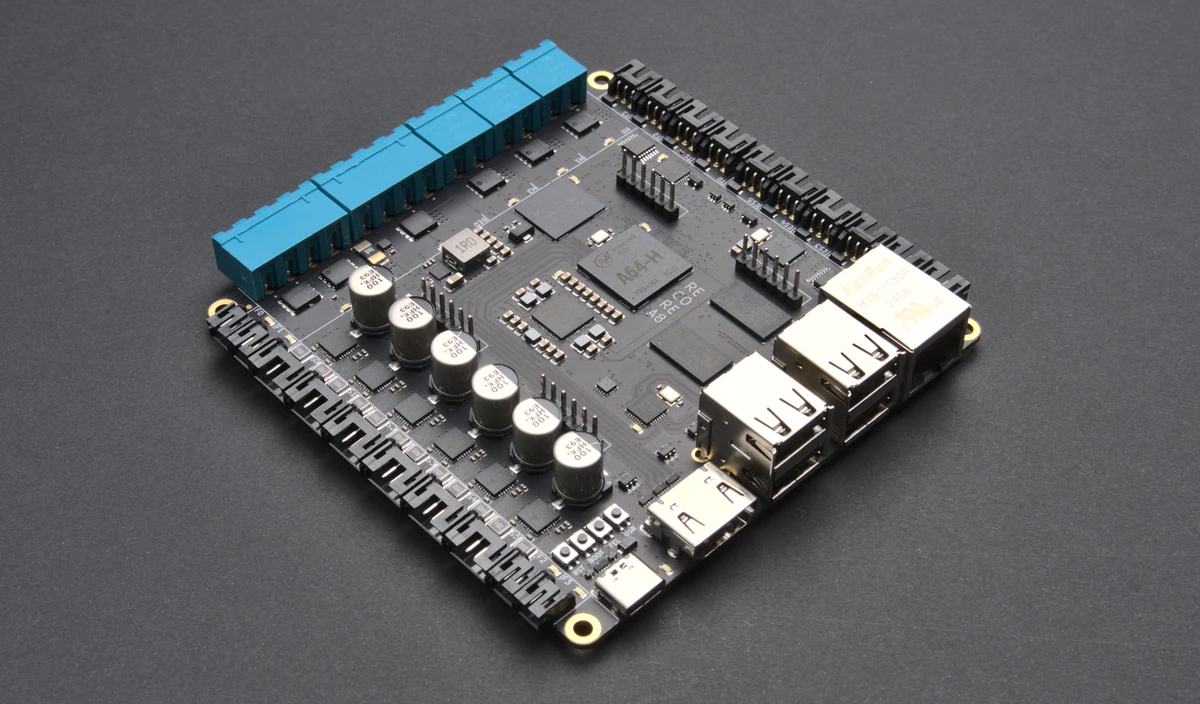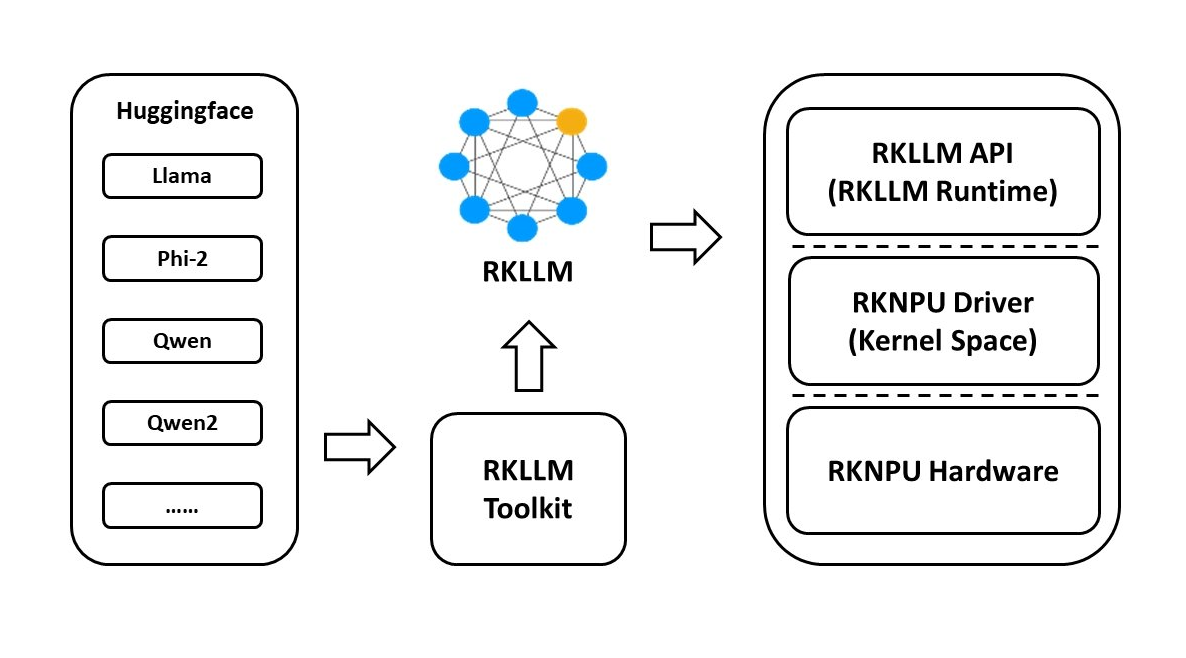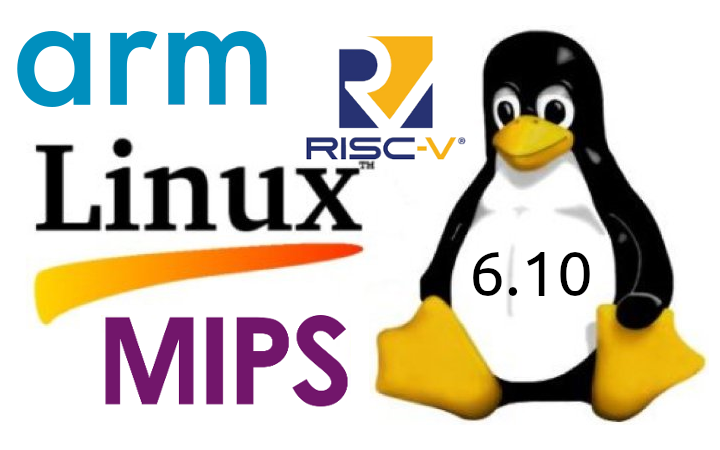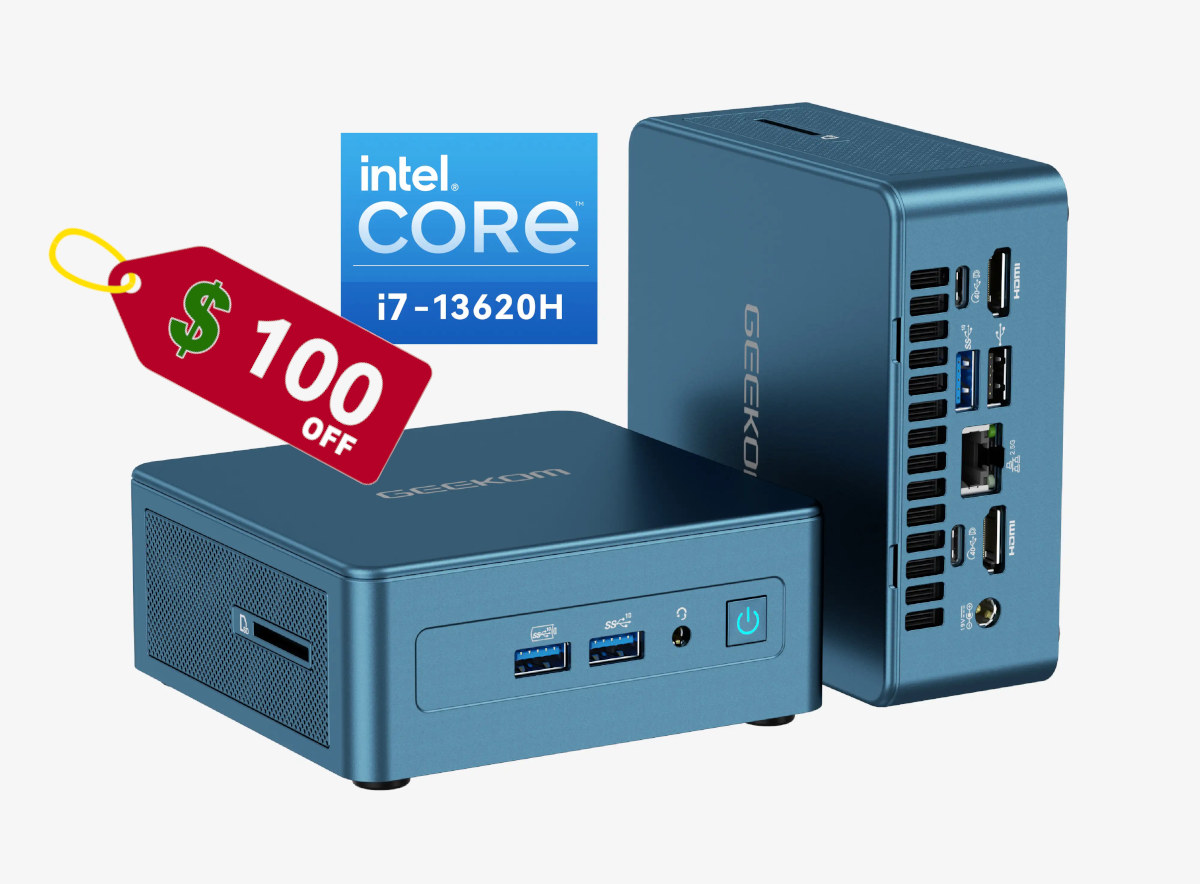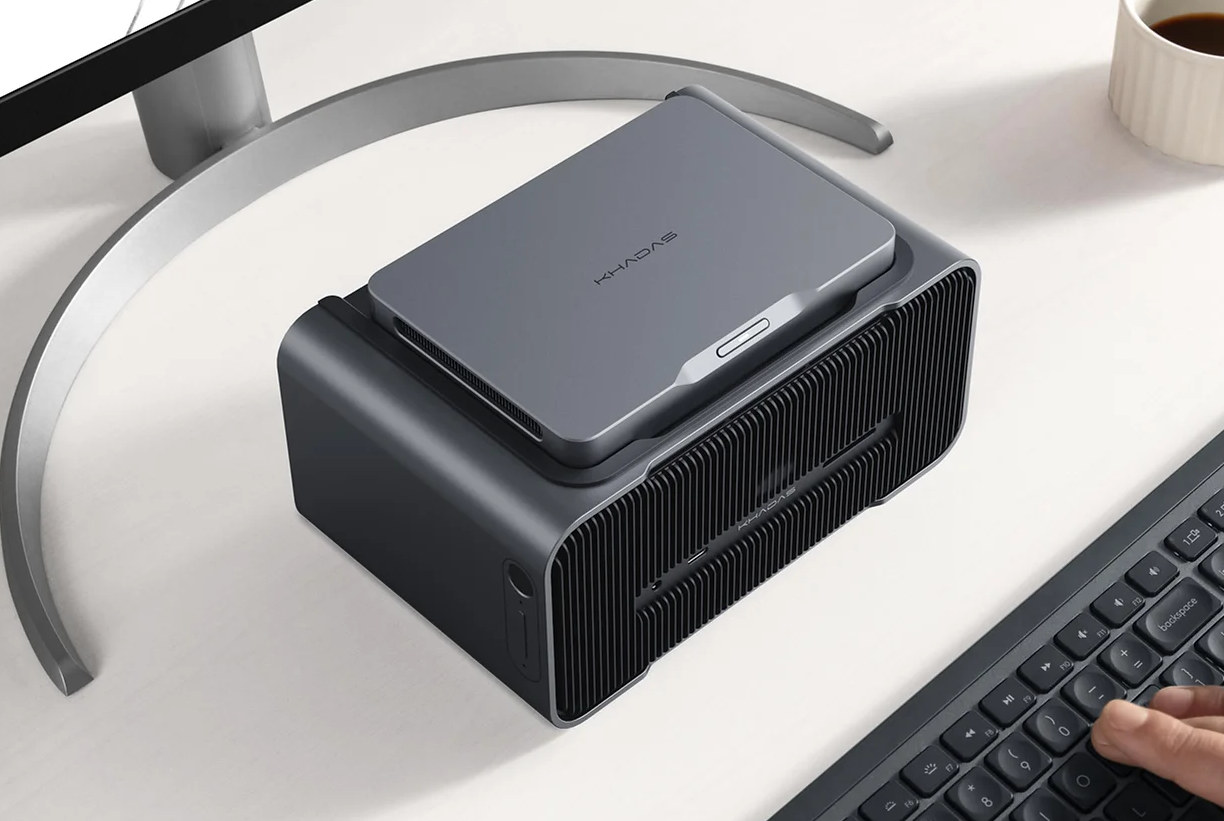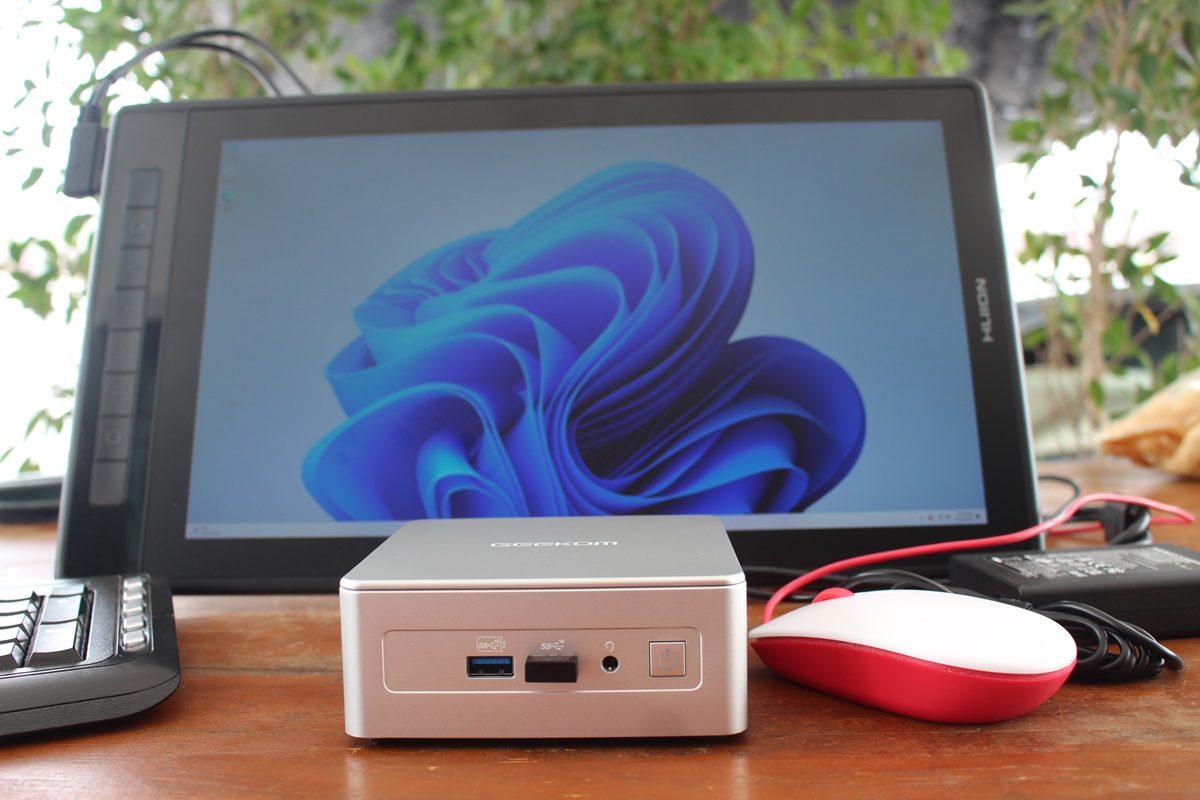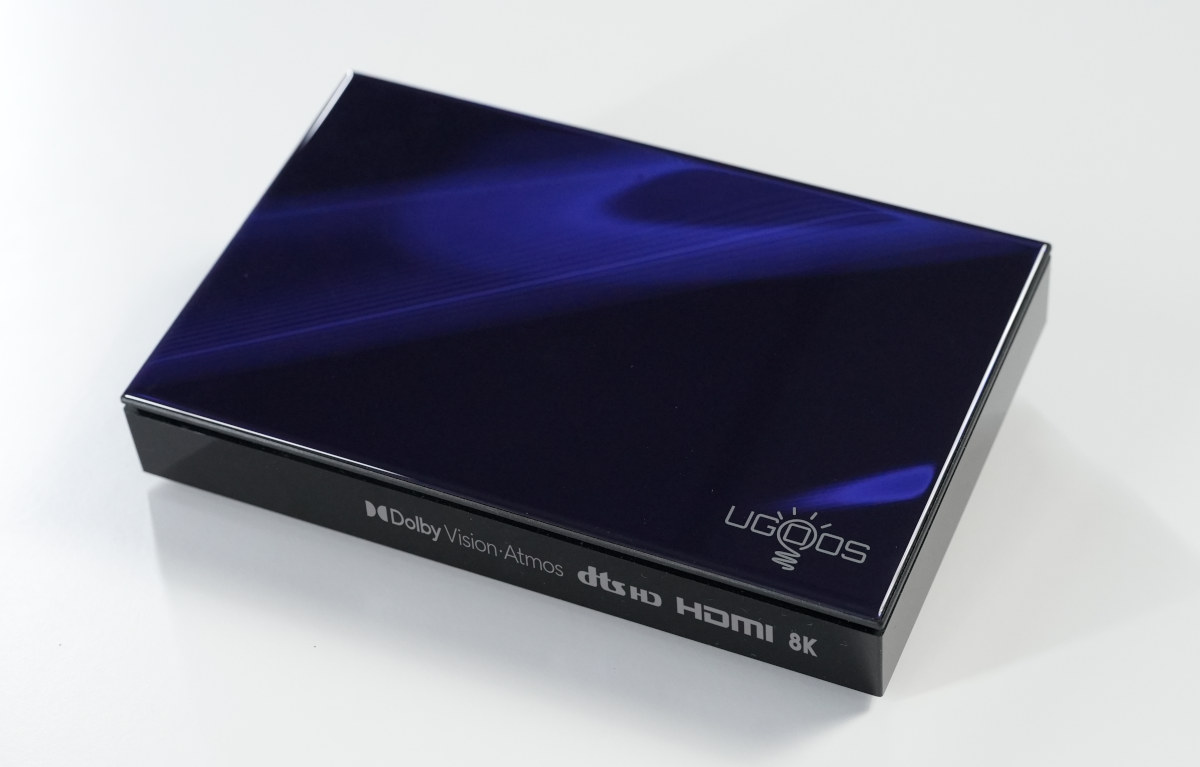AAEON AQ7-ADN is a Qseven 2.1-compliant system-on-module based on Atom Processors x7425E, Intel Processor N, or Intel Core i3-N305 Alder Lake-N processor equipped with up to 8GB LPDDR5x and 64GB of eMMC flash storage. AAEON has already introduced Alder Lake-N COM Express and SMARC modules with the COM-ADNC6 and uCOM-ADN respectively, and the AQ7-ADN adds another system-on-module standard to its list of Alder Lake N-Series modules with a Qseven 2.1 SoM that offers four PCIe Gen x1 interfaces and a SATA storage interface. AAEON AQ7-ADN specifications: Alder Lake N-series SoC (one or the other) Intel Atom x7425E quad-core processor up to 3.4 GHz with 6MB cache, 24EU Intel UHD Graphics @ 1.00 GHz; TDP: 12W Intel Processor N50 dual-core processor up to 3.4 GHz with 6MB cache, 16EU Intel UHD Graphics @ 750 MHz; TDP: 6W Intel Processor N97 quad-core processor up to 3.6 GHz with 6MB cache, 24EU Intel […]
Recore A8 – An Allwinner A64-powered 3D printer control board with TMC2209 stepper drivers
The Recore A8 is an all-in-one 3D printer control board built around the Allwinner A64 SoC. The board includes six soldered TMC2209 stepper motor drivers, cooled by an 8-layer PCB for durability. To make the connection better the board features industry-standard JST PH connectors for secure cable connections. Most of the connectors are flexible and support end-stops, Neopixels, servos, inductive probes, and BLTouch. Two Expansion headers on the board allow for two additional stepper motor drivers. Additionally, the board supports various temperature sensors, including regular thermistors, thermocouples, and PT100/PT1000 sensors (PT100 requires an extra board). Elias Bakken has been working on this board since 2019 and in our post about the earlier Recore A5, we have seen how Elias leverages Allwinner A64’s 300 MHz AR100 core to control real-time I/Os. Recore A8 specifications: SoC – Allwinner A64 quad-core Cortex-A53 processor running at 1 GHz, with AR100 32-bit core @ 300 MHz, Mali-400MP2 […]
Rockchip RKLLM toolkit released for NPU-accelerated large language models on RK3588, RK3588S, RK3576 SoCs
Rockchip RKLLM toolkit (also known as rknn-llm) is a software stack used to deploy generative AI models to Rockchip RK3588, RK3588S, or RK3576 SoC using the built-in NPU with 6 TOPS of AI performance. We previously tested LLM’s on Rockchip RK3588 SBC using the Mali G610 GPU, and expected NPU support to come soon. A post on X by Orange Pi notified us that the RKLLM software stack had been released and worked on Orange Pi 5 family of single board computers and the Orange Pi CM5 system-on-module. The Orange Pi 5 Pro‘s user manual provides instructions on page 433 of the 616-page document, but Radxa has similar instructions on their wiki explaining how to use RKLLM and deploy LLM to Rockchip RK3588(S) boards. The stable version of the RKNN-LLM was released in May 2024 and currently supports the following models: TinyLLAMA 1.1B Qwen 1.8B Qwen2 0.5B Phi-2 2.7B Phi-3 […]
Linux 6.10 Release – Notable changes, Arm, RISC-V, and MIPS architectures
Linux Torvalds has announced the release of Linux 6.10 on LKML: So the final week was perhaps not quote as quiet as the preceding ones, which I don’t love – but it also wasn’t noisy enough to warrant an extra rc. And much of the noise this last week was bcachefs again (with netfs a close second), so it was all pretty compartmentalized. In fact, about a third of the patch for the last week was filesystem-related (there were also some btrfs latency fixes and other noise), which is unusual, but none of it looks particularly scary. Another third was drivers, and the rest is “random”. Anyway, this obviously means that the merge window for 6.11 opens up tomorrow. Let’s see how that goes, with much of Europe probably making ready for summer vacation. And the shortlog below is – as always – just the last week, not some kind […]
GEEKOM Mini IT13 Core i7-13620H PC discounted by $100 for Prime Day (Sponsored)
You can now get the GEEKOM Mini IT13 mini PC with a $100/£100 discount when using the coupon code CNX13 on GEEKOM US or GEEKOM UK bringing the price down to $499 and £499 respectively. The offer is valid on the model with an Intel Core i7-13620H 10-core/16-thread Raptor Lake processor, 32GB DDR4 RAM, and a 1TB NVMe SSD for storage. The mini PC can drive up to four 4K displays through HDMI and USB4 ports, supports 2.5GbE and WiFi 6E networking, and comes with six USB ports for expansion. GEEKOM Mini IT13 specifications: SoC – Intel Core i7-13620H 13th Gen Raptor Lake processor with 10 cores, 16 threads up to 4.90 GHz with 24MB Cache, Iris Xe graphics; PBP: 45W System Memory – 32GB dual-channel DDR4-3200 via 2x SODIMM sockets Storage 1TB M.2 2280 PCIe Gen 4 x4 SSD M.2 2242 SATA SSD slot, expandable up to 1TB […]
Khadas Mind Graphics NVIDIA RTX 4060 Ti GPU dock for the Mind mini PC is now available for $999
The Khadas Mind Graphics is a dock for the Khadas Mind Raptor Lake mini PC that integrates an NVIDIA Geforce RTX 4060 Ti GPU and enables users to run high-end games, edit videos, design graphics, and experiment with AI while keeping the portability and small size of a mini PC. As we’ve seen in our reviews, mini PCs now match the performance of larger machines in almost all aspects with tools like PassMark Performance showing higher-end models’ CPU, memory bandwidth, and storage in the top 10% or 20% of systems. The exception is 3D graphics performance because integrated GPUs can’t match the performance of higher-end graphics cards. The Khadas Mind Graphics solves that by adding an NVIDIA Geforce RTX 40601 Ti GPU to the Khadas Mind mini PC through its Mind Link connector also bringing out other connectors such as 2.5GbE, USB, SD card, etc… Khadas Mind Graphics specifications: Graphics […]
GEEKOM AE7 Review – An AMD Ryzen 9 7940HS mini PC tested with Windows 11 and Ubuntu 24.04
Today we’ll review the GEEKOM AE7 mini PC powered by an AMD Ryzen 9 7940HS octa-core processor with up to 32GB DDR5, a 1TB NVMe SSD, four 4K capable video outputs through HDMI and USB-C ports, 2.5GbE and WiFi 6E connectivity, and six USB ports for expansion. As its name implies the GEEKOM AE7 is an evolution of the earlier GEEKOM A7 with almost identical specifications that we reviewed with Windows 11 Pro and Ubuntu 22.04 earlier this year. So we won’t do our usual three-part review and instead focus on differences between the two Ryzen 9 7840HS mini PCs in terms of features, performance, and cooling ability in a shorter review that covers hardware, Windows 11 Pro, and Ubuntu 24.04 testing. GEEKOM AE7 specifications SoC – AMD Ryzen 9 7940HS 8-core/16-thread processor up to 4.0GHz with 16MB cache, AMD Radeon 780M Graphics; TDP: 35 to 54W System Memory – […]
Ugoos SK1 8K Android TV box with Dolby Vision comes with Amlogic S928X-K SoC, 8GB LPDDR4, 128GB eMMC flash
Ugoos SK1 8K Android TV box is based on the Amlogic S928X-K penta-core Cortex-A76/A55 SoC with 8GB LPDDR4, a 128GB eMMC flash, and support for Dolby Vision HDR. The SK1 model follows the Ugoos AM8 model introduced last year with the Amlogic S928X-J processor, 4GB LPDDR4, and 32GB eMMC flash. The new model provides additional licenses with the S928X-K SoC and more resources that should be suitable for more than just watching 8K videos, and some games and other apps could easily run on the device. Ugoos SK1 specifications: SoC – Amlogic S928X-K CPU – Penta-core processor with 1x Cortex-A76 core @ up to 2.0 GHz, 4x Cortex-A55 cores GPU – Arm Mali-G57 MC2 GPU with support for OpenGL ES 3.2, Vulkan 1.2, and OpenCL 2.0 VPU 8Kp60 H.265, AV1, VP9, AVS3/AVS2 10-bit video decoder; 4Kp60 H.264 decoder, 1080p60 MPEG-4, WMV/VC-1, AVS, MPEG-2, MPEG-1 decoder Low-latency 4Kp60 H.265/H.264 encoder AI […]


